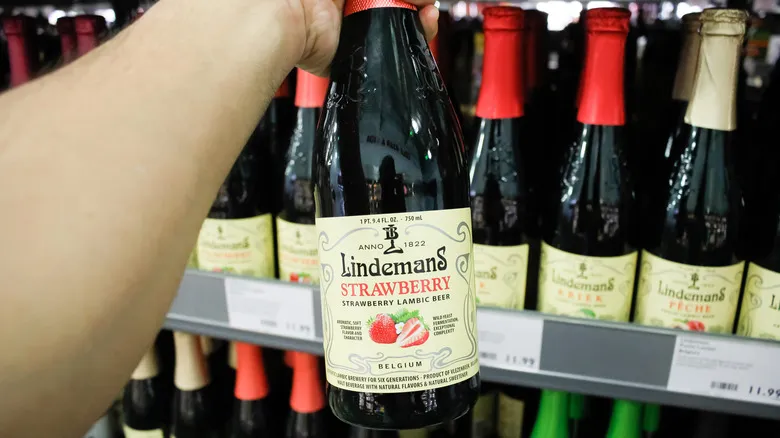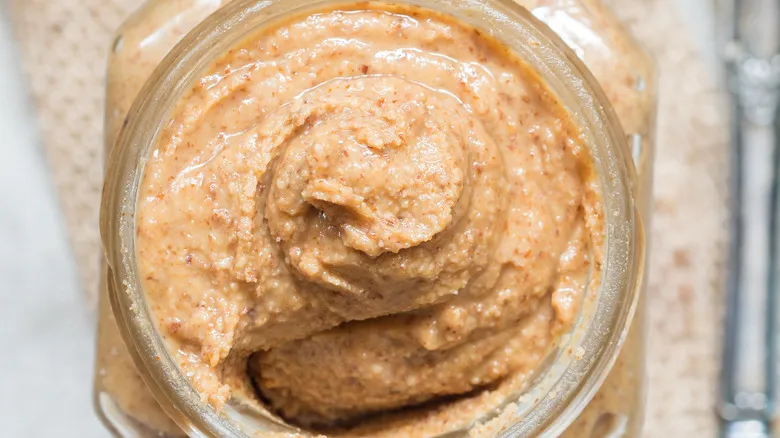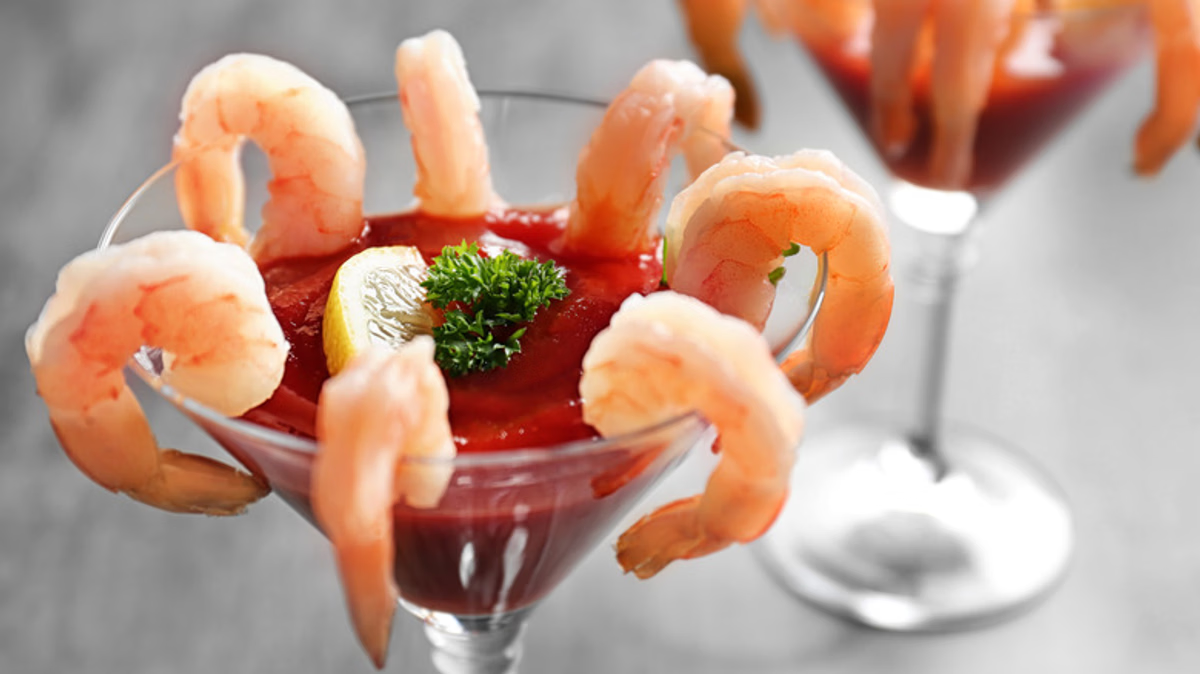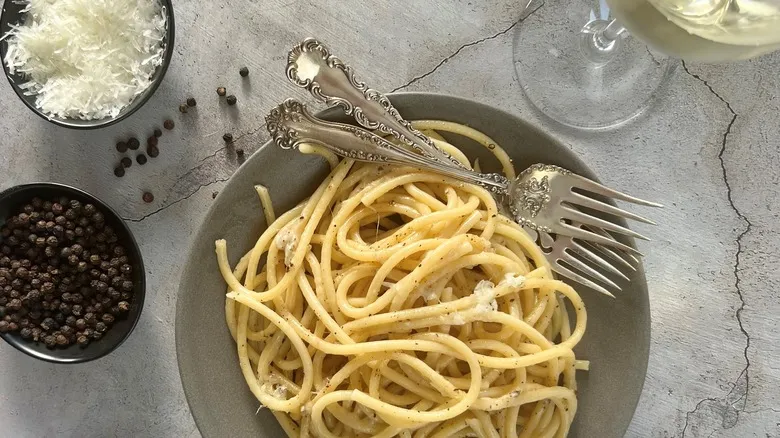How sweetness enters into lambic brewing
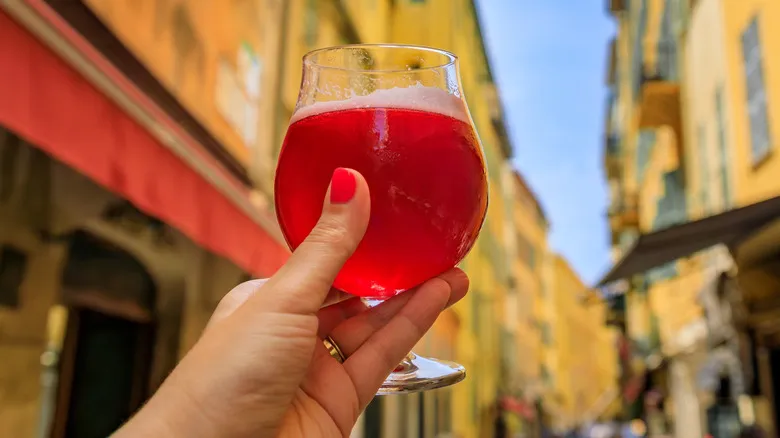
To grasp how sweet lambics have dominated the market, it's essential to comprehend their production process. Water, wheat, and the crucial malted barley are mixed, heated, and filtered to produce wort, which is then cooked and allowed to cool overnight in an open tray. During this cooling phase, local flora naturally introduces wild yeast to the wort through a method called spontaneous fermentation. The mixture is then stored in stainless steel tanks for several months before being aged in barrels for up to a few years.
The wild yeast involved in lambic brewing imparts a sour taste reminiscent of sourdough bread, rather than the overly sweet flavor you might expect. While hops contribute bitterness to various beers, including lambics, they do not impart a noticeable hop flavor in lambics. Some lambics are classified as gueuze, which are made by blending an older, barrel-aged lambic with a younger one that still has active yeast and sugars. This combination allows the beverage to continue fermenting in the bottle. However, none of these steps inherently produce a sweet product. The sweetness in lambics arises from additional ingredients introduced later in the process. In fact, the practice of sweetening lambic is not a recent development; in the 1800s, drinkers who found the sourness of lambic unappealing would add a bit of brown sugar to enhance its sweetness.
Does a lambic have to taste fruity?

Some of the most prevalent lambics available in the United States are those infused with fruit. It's likely that some beer enthusiasts have never experienced a lambic without that sweet, fruity characteristic. The most frequently encountered varieties include pêche, kriek, framboise, cassis, and pomme (peach, cherry, raspberry, black currant, and apple, respectively). While fruited lambics can be quite sweet, they may also exhibit complementary sour or dry flavors. However, fruit is not an essential component of lambic brewing, and if you know where to look, you can discover many outstanding lambics that lack fruit flavors. The trend towards fruited lambics emerged as a natural progression from earlier efforts to sweeten the drink. The addition of fruit juice to lambics gained popularity after World War II and continued through the late 20th century.
Fruited lambics can contain up to 30% fruit juice at bottling, resulting in a sweeter final product. Additionally, fruit can be incorporated during the brewing process. In this case, fruit or fruit juice is added to young lambics that still have active yeast and sugar, allowing the blended mixture to macerate the fruit and continue fermenting as it ages.
Why lambic has a super sweet reputation
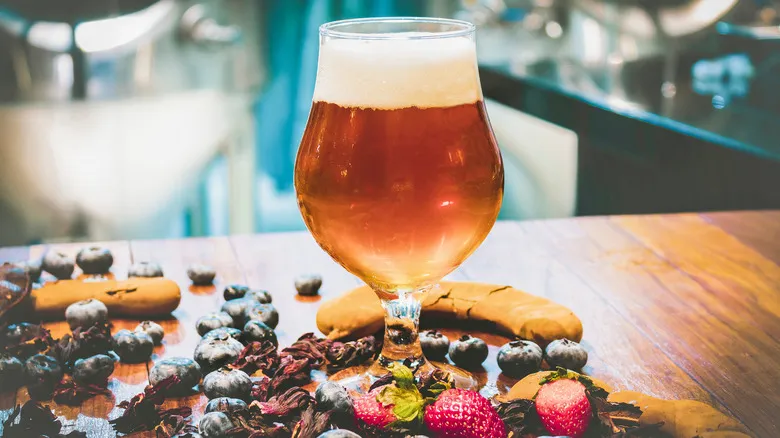
It may be tempting to think that the most common version of something is its finest representation (like Lindemans framboise, for instance). However, lambics, much like beer, wine, and cider, encompass a diverse range. To truly appreciate this category, it's essential to explore a variety of these drinks.
In the past, finding different lambics in the United States was quite challenging, but that is changing. Thanks to the growth of craft brewing in recent decades, the selection available in the U.S. has significantly broadened, now including a wide array of lambics—not just the overly sweet varieties. Check with your local beer shop to see what they have in stock; they likely carry some traditional lambic options or would be glad to order them for you.
Recommended

Here's What Happens To Beer After Its Expiration Date
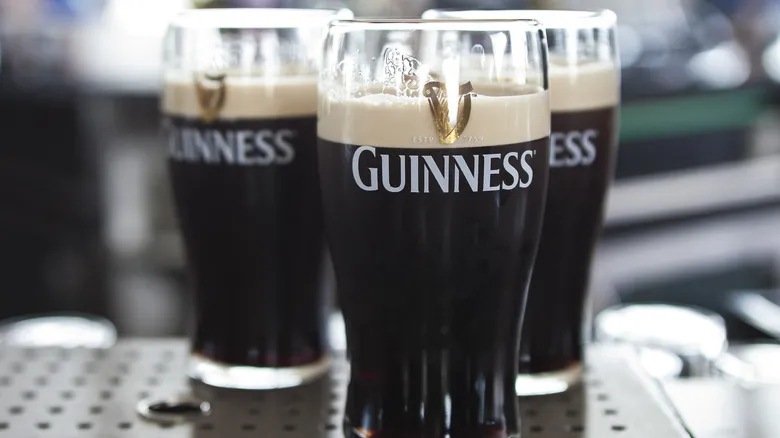
The Only 2 US States Where You'll Find A Guinness Brewery
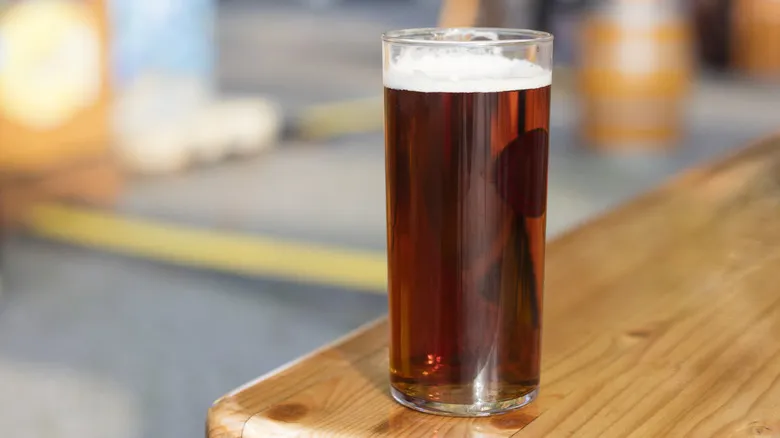
What Is Real Ale, And How Is It Different From Craft Beer

What You Should Know Before Cooking With India Pale Ale
Next up

